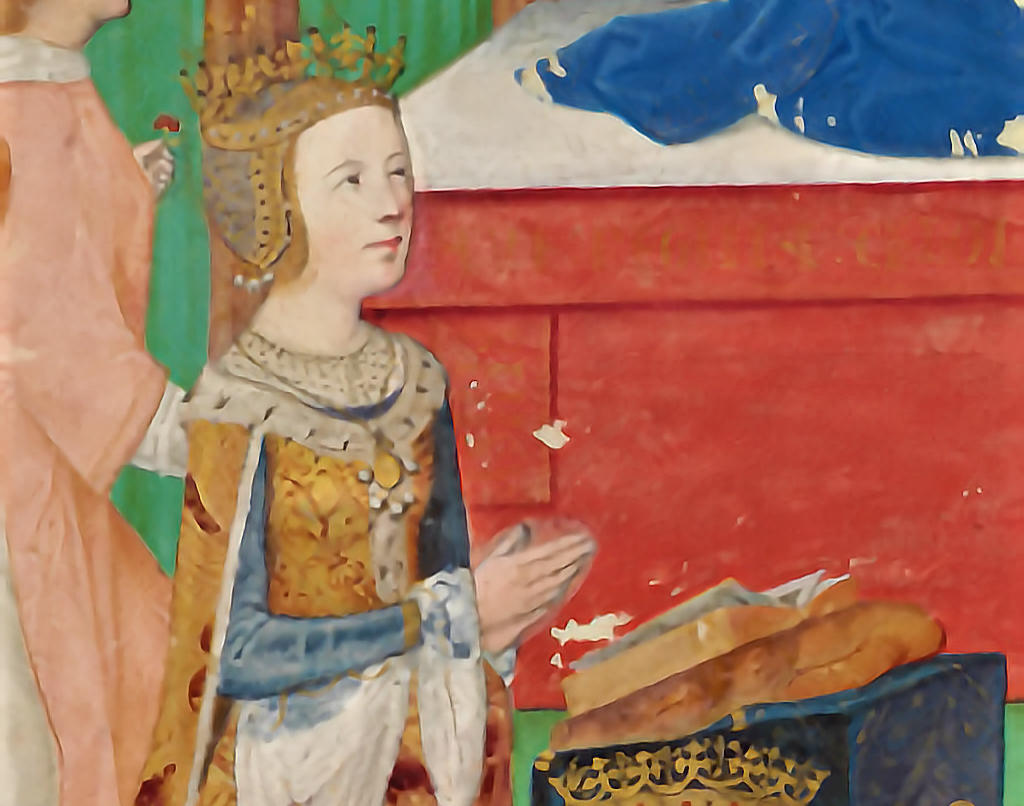Eleanor's sister, Isabel of Viseu, married Fernando II of Braganza. Unfortunately, Fernando II was later accused of treason and executed by Eleanor's husband, King John II of Portugal. Eleanor's older brother, Diogo, Duke of Viseu, was also involved in treasonous activities and met a similar fate at the hands of the king. However, her younger brother, Manuel I of Portugal, succeeded John II and became the next king of Portugal.
At the age of eleven, Eleanor married John, Prince of Portugal, on January 22, 1470, thereby becoming the Princess of Portugal. The couple had known each other since childhood and had formed a strong friendship. Eleanor's spouse was the only living son of Afonso V of Portugal and Isabel of Coimbra, making him the heir apparent to the Portuguese throne.
Tragedy struck Eleanor's life when her father-in-law passed away on August 28, 1481, and her husband ascended the throne as John II of Portugal. Eleanor assumed the role of queen consort, a position that brought her considerable influence and responsibilities. As was customary for queens consort in Portugal, Eleanor was granted fiefs and villages to ensure her financial independence. She received Silves e Faro and Terras de Aldeia Galega e Aldeia Gavinha.
One of Eleanor's enduring legacies is the city of Caldas da Rainha, which she founded and which bears her name ("rainha" means "queen" in Portuguese). The city was established in her honor and stands as a testament to her impact and influence.
Eleanor faced a heartbreaking experience when both of her sons predeceased her. She disagreed with her husband's desire to recognize his illegitimate son as the heir to the throne and sought intervention from the Pope. Fortunately, the Pope sided with Eleanor, and her brother Manuel was recognized as the rightful heir to John II's throne.
Upon John II's death on October 25, 1495, Eleanor entered the phase of her life as queen dowager. Her brother Manuel I ascended to the throne, and Eleanor moved to the palace of Xabregas, where she continued to play an active role in the royal court. Despite not having any children, she briefly became the heir to the throne between 1500 and 1502 when Manuel found himself without an heir. However, she willingly ceded her position to her sister Isabel.
Lisbon.vip Recommends
Eleanor's contributions extended beyond charitable works. She is credited with introducing the printing press to Portugal when she commissioned a translation of Vita Christi into Portuguese. The publication of its first volume in 1502 marked the first book to be printed in Alcalá de Henares, a milestone in Portuguese publishing history.
Another remarkable accomplishment was Eleanor's support for the founding of the Hospital Real de Todos-os-Santos in Lisbon, which was considered one of the best hospitals in contemporary Europe. Furthermore, she personally established the convent Madre de Deus in 1509, known for its architectural magnificence. In her later years, Eleanor spent much of her time in the convent, dressed almost like a nun.
Eleanor of Viseu, Queen of Portugal, was a woman of great influence, charity, and cultural significance. Her remarkable life journey, from princess to queen consort to queen dowager, left an indelible mark on the history of Portugal. Her philanthropy, contributions to education, and architectural legacies continue to be celebrated to this day. Eleanor's unwavering dedication to her country and her people make her an enduring symbol of strength and compassion.



